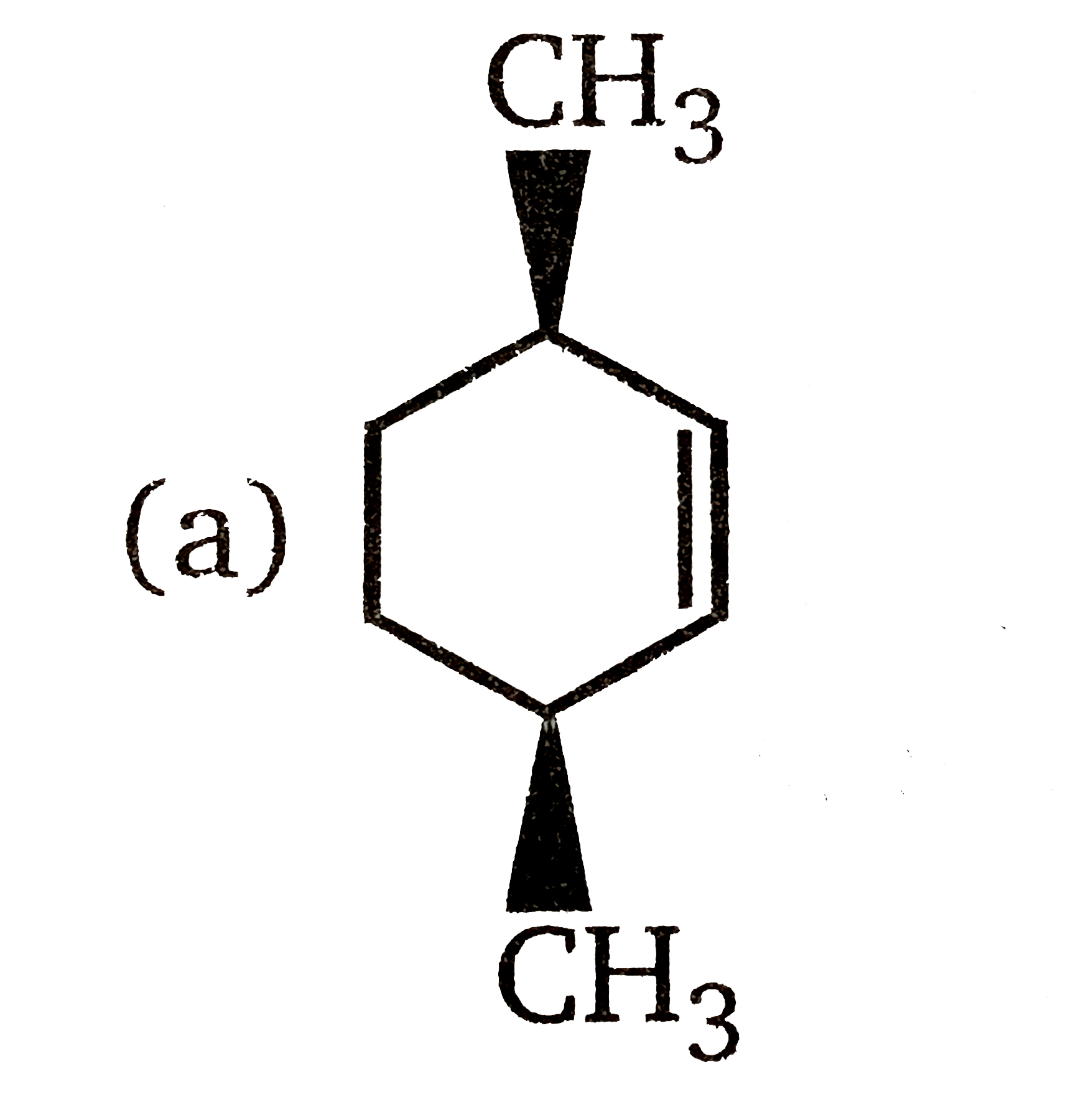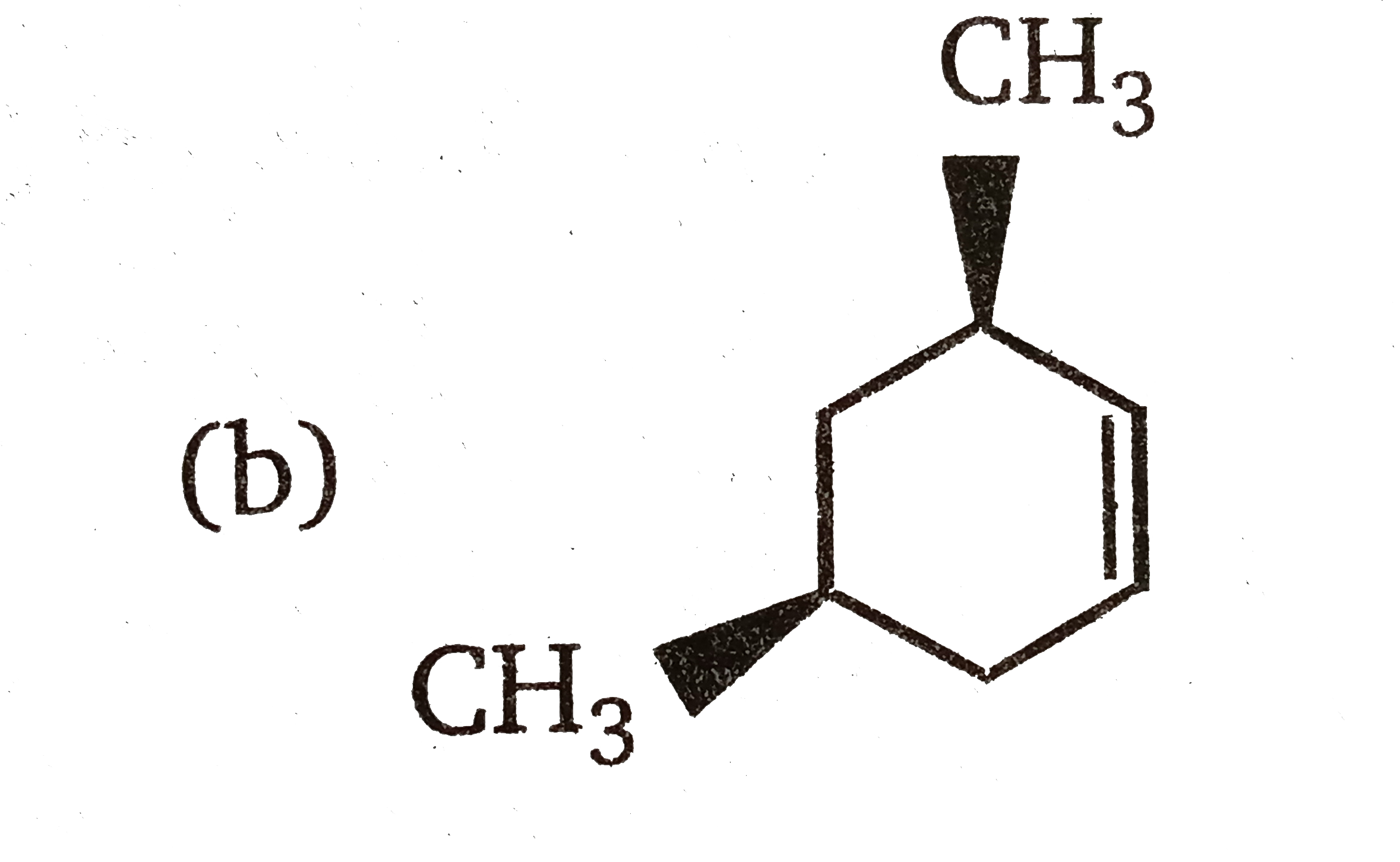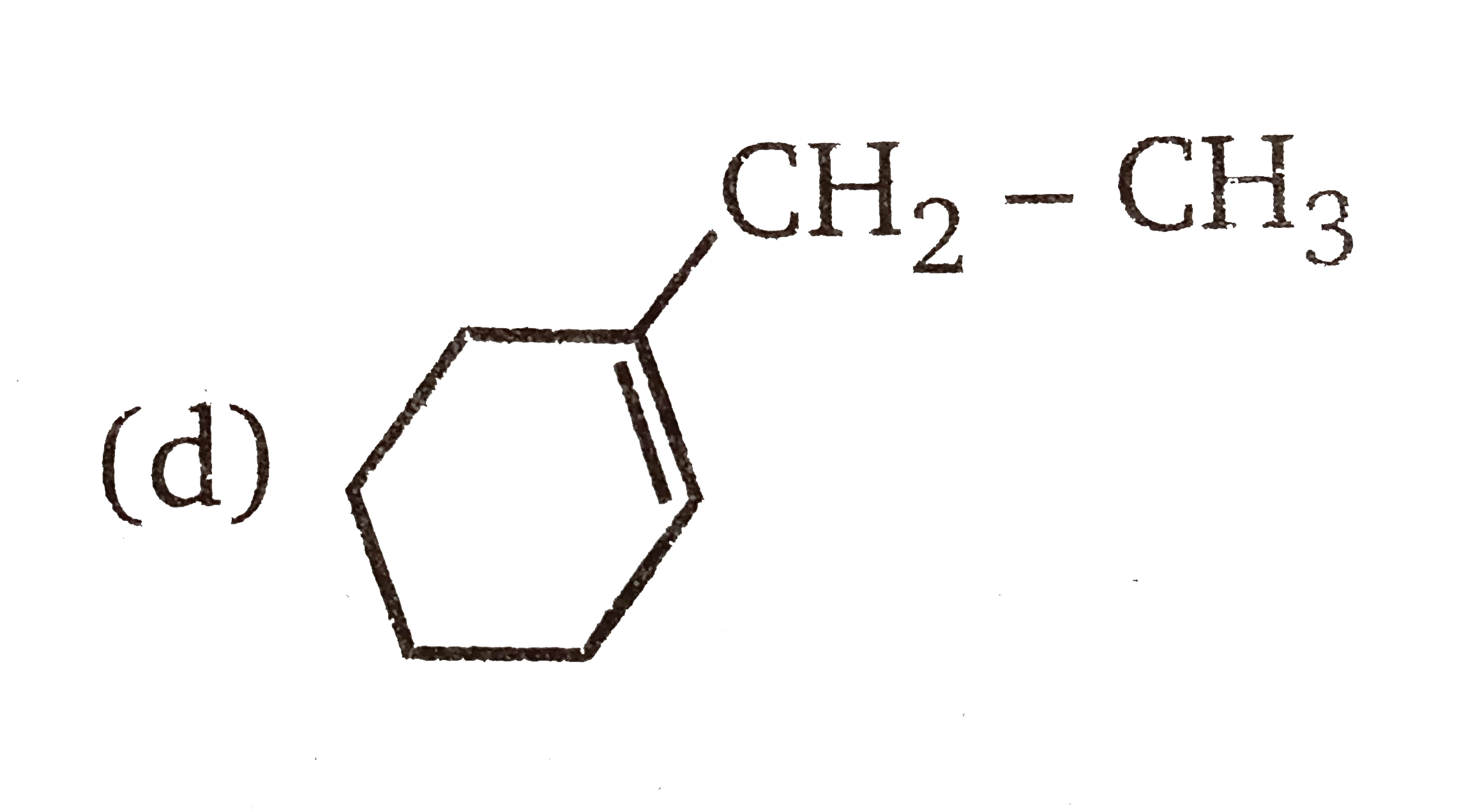Molecular formulae of an optically active organic compound is
C4H10O . Its structure is
C2H5OC2H5
CH3OC3H7
CH3CH2CH2CH2OH
CH3CHOHCH2CH3
The correct Answer is:D
To determine the structure of an optically active organic compound with the molecular formula C4H10O, we need to identify a structure that contains a chiral center. A chiral center is typically a carbon atom bonded to four different groups.
1. Identify the Molecular Formula: The given molecular formula is C4H10O. This indicates that the compound contains 4 carbon atoms, 10 hydrogen atoms, and 1 oxygen atom.
2. Understand Optical Activity: A compound is optically active if it has at least one chiral center. A chiral center is a carbon atom that is bonded to four different substituents.
3. Explore Possible Structures: We need to explore different structural isomers of C4H10O to find one with a chiral center. The common structural forms for this molecular formula include:
- Butanol (1-butanol, 2-butanol, etc.)
- Ether structures (like diethyl ether)
- Other possible arrangements.
4. Examine Each Structure for Chirality:
- 1-Butanol: CH3-CH2-CH2-CH2OH (not chiral)
- 2-Butanol: CH3-CH(OH)-CH2-CH3 (this has a chiral center)
- Diethyl ether: CH3-CH2-O-CH2-CH3 (not chiral)
- Isobutyl alcohol: CH3-CH(CH3)-CH2OH (not chiral)
- Butyl methyl ether: CH3-CH2-CH2-O-CH3 (not chiral)
5. Identify the Chiral Center: In the case of 2-butanol (CH3-CH(OH)-CH2-CH3), the carbon atom bonded to the hydroxyl group (OH) is attached to four different groups:
- Methyl group (CH3)
- Hydroxyl group (OH)
- Ethyl group (CH2-CH3)
- Hydrogen atom (H)
6. Conclusion: Since 2-butanol has a chiral center, it is optically active. Therefore, the structure of the optically active organic compound with the molecular formula C4H10O is 2-butanol.
Final Structure:
The structure of the optically active compound is:
CH3|CH3−CH−CH2−CH3|OH
- Butanol (1-butanol, 2-butanol, etc.)
- Ether structures (like diethyl ether)
- Other possible arrangements.
- 1-Butanol: CH3-CH2-CH2-CH2OH (not chiral)
- 2-Butanol: CH3-CH(OH)-CH2-CH3 (this has a chiral center)
- Diethyl ether: CH3-CH2-O-CH2-CH3 (not chiral)
- Isobutyl alcohol: CH3-CH(CH3)-CH2OH (not chiral)
- Butyl methyl ether: CH3-CH2-CH2-O-CH3 (not chiral)
- Methyl group (CH3)
- Hydroxyl group (OH)
- Ethyl group (CH2-CH3)
- Hydrogen atom (H)
The structure of the optically active compound is:
CH3|CH3−CH−CH2−CH3|OH
Topper's Solved these Questions
- ISOMERISMBOOK - MOTIONCHAPTER - ISOMERISMEXERCISE - Exercise 2
50 Videos
- ISOMERISMBOOK - MOTIONCHAPTER - ISOMERISMEXERCISE - Exercise 3
21 Videos
- ISOMERISMBOOK - MOTIONCHAPTER - ISOMERISMEXERCISE - Exercise 4
26 Videos
- IONIC EQUILIBRUIMBOOK - MOTIONCHAPTER - IONIC EQUILIBRUIMEXERCISE - Exercise -4 (Level -II)
14 Videos
- LIQUID SOLUTIONBOOK - MOTIONCHAPTER - LIQUID SOLUTIONEXERCISE - EXERCISE-4 (Level-II) PREVIOUS YEAR JEE ADVANCED
19 Videos
Similar Questions
Knowledge Check
Optically active 'P' has the molecular formula C6H12 and catalytic hydrogenation converts into achiral C6H14 . The structure of 'P' is -
A B
B C
C D
D
Two isomeric halo alkenes (A) and (B) have molecular formula C5H9Cl. (A) gives optically inactive compound whil (B) give optically active compound in hydrogenation. The two iosmers respectively are:
A3-chloro-1-pentane and 4-chloro-2-penteneB4-chloro-1-pentene and 2-chloro-2-penteneC3-chloro-2-pentene and 1-chloro-2-penteneD1-chloro-1-pentene and 5-chloro-1-penteneAn optically active compound A with molecular formula C8H14 undergoes catalytic hydrogenation togive meso compound, the structure of (A) is:
A B
B C
C D
D
An alkyl halide having molecular formula C4H9Cl is optically active. What is its structure ?
View SolutionAn alkyl halide with molecular formula C4H9Br is optically active. What is its structure ?
View SolutionAn alkyl halide with molecular formula C4H5Br is optically active. What is its structure ?
View SolutionDraw the structures of the optically active unsaturated compound having molecular formula C5H9Br, that after addition of H2 becomes either optically inactive or shows optical activity.
View SolutionOptical active amine of molecular formula C4H11N on reaction with nitrous acid gives
View Solution
